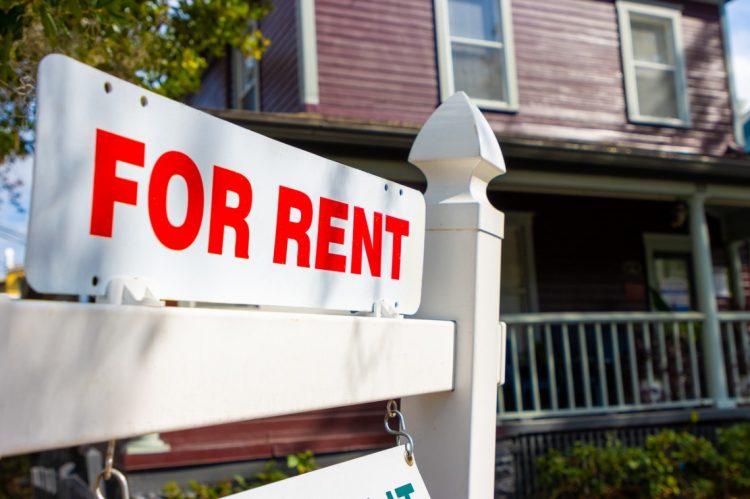RentCafe has released its latest Rental Market Competitivity Report, assessing how difficult market conditions are for U.S. renters in 2023 (results were compared against those of 2022). The report looks at 139 metro area markets in total, divided into eight regional groupings: the Northeast, the Mid-Atlantic, the Southeast, the Southwest, the South, the Midwest, the West and the Pacific Northwest. The reported findings vary from national metrics to ones specific to those regions/metropolitan areas.
Five key data metrics were considered:
- The average time that apartments stay vacant.
- What percent of apartments are currently occupied?
- How many apartments recently went on the market?
- How many renters applied for the same apartment?
- How many current renters renewed their leases?
Note how these metrics track both renter behavior and apartment stock; you need knowledge of both to make a complete market inference.
To make the results more comprehensible, the report includes a “Rental Competitivity Index” scored 0 (low competition) to 130 (high competition). The 2023 peak rental season received a 60, indicating moderate competition.
“Competition” was defined and calculated by cross-referencing the number of renters in an area with the number of vacant units; obviously, more renters plus fewer units is a competitive environment. Nationally, there were 10 renters for every available unit, lower than the 15:1 ratio in 2022. The report attributes this to increased inventory; more apartments mean more prospects can become tenants.
Sure enough, less apartments are currently occupied (94%) than in 2022 (95.3%). Devoid of context, this could seem like a bad thing (less people are housed, renters can’t afford their lodgings signifying a weak economy). However, with the framing of the report, it’s actually a good sign; there’s more apartments to go around, so less are filled.
Likewise, the average number of days that a rental is on the market (37) was a slight increase from 2022 (32 days)—today, it’s less of a landlord’s market than it was last year. Likewise, only 60.5% of current renters chose to renew their lease compared to 63.3% last year. Since there are more options on the market, some tenants evidently feel more secure looking at greener pastures.
According to RentCafe, these are the five most competitive large rental markets this year:
- Miami, Florida – 122 index score, with 25 renter prospects for every available apartment
- Milwaukee, Wisconsin – 116 index score, with 16 renter prospects for every available apartment
- North Jersey, New Jersey – 113 index score, with 15 renter prospects for every available apartment
- Suburban Chicago, Illinois – 112 index score, with 15 renter prospects for every available apartment
- Grand Rapids, Michigan – 108 index score, with 12 renter prospects for every available apartment
The most competitive Western market is San Diego, California (84 index score, with 17 renter prospects for every available apartment), which comes in at No. 18 in the Top 20 most competitive cities.
The report calls attention to three out of the top five metro areas being in the Midwest. Interestingly, the report claims that one reason the Midwest is more competitive is because it’s also more affordable; renters think they can get a better deal than on the coasts, so more and more are heading inward, driving up competition in the Midwest and pushing it down elsewhere.
RentCafe also notes rising competition in the Northeast, especially in New York. North Jersey’s third-place finisher in the competition rankings is because it’s a convenient Plan B for people who want to be in NYC but can’t afford the city’s cost of living.
For the full Rental Market Competitivity Report, click here.












